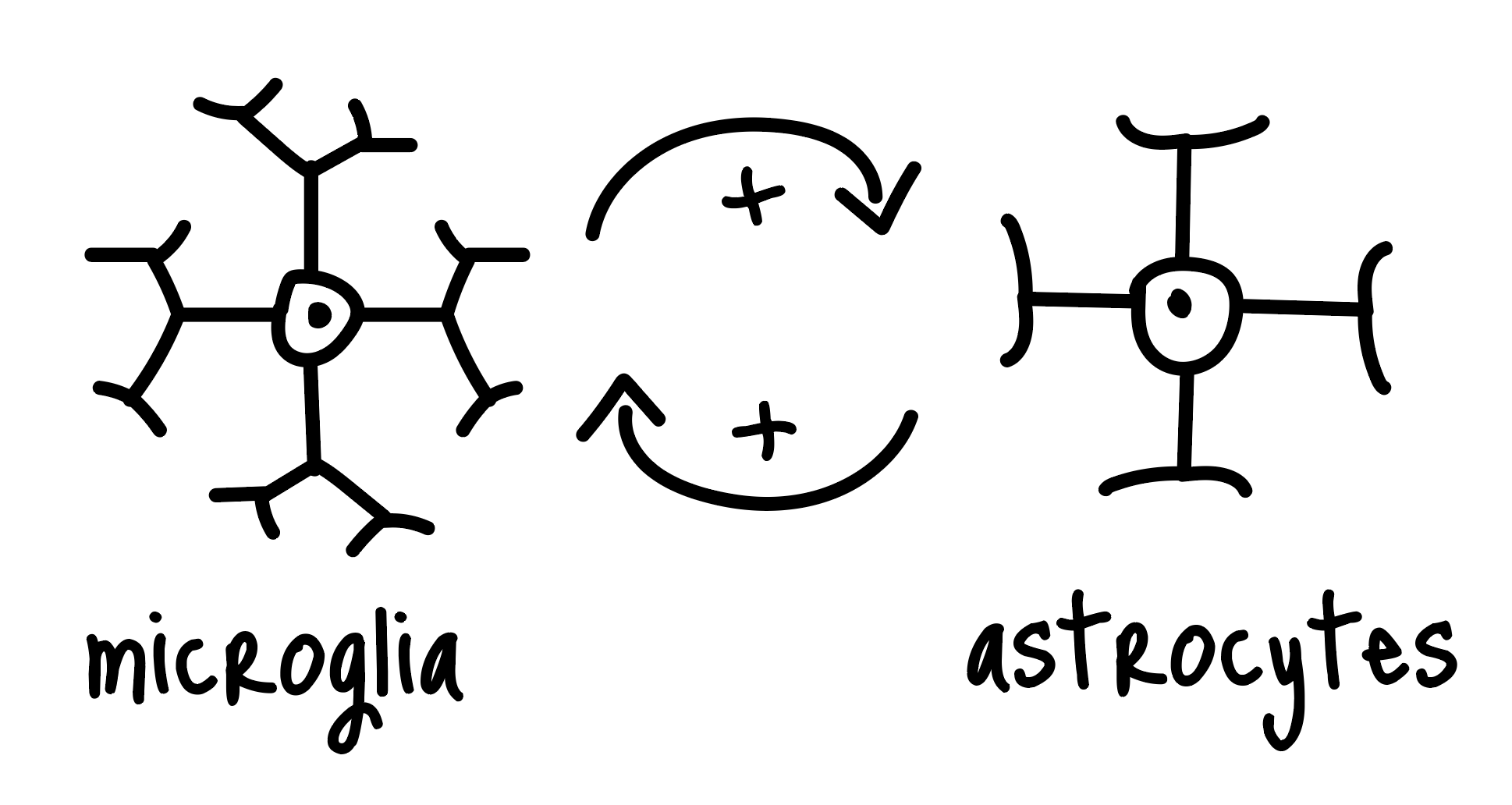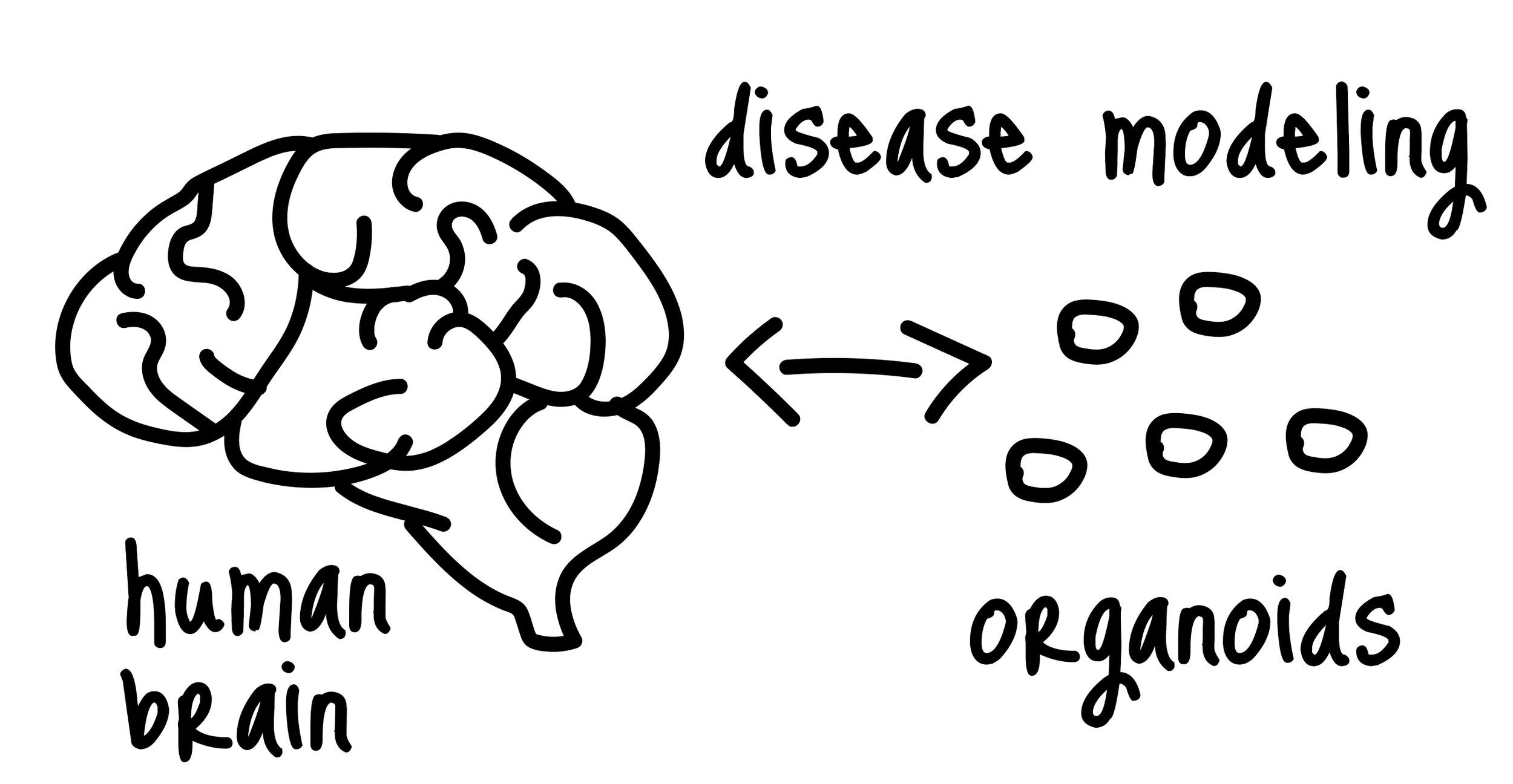Our science.
Metabolic Circuits of Microglial Immunity
Microglia are the brain’s resident immune cells, but their function depends as much on metabolism as on inflammatory signaling. Our lab investigates how metabolic pathways govern microglial activation, resolution, and exhaustion. Using microglia derived from human induced pluripotent stem cells (iPSCs) CRISPR-edited to carry disease-associated risk and protective alleles, we map how energy utilization programs are rewired at baseline and during inflammatory challenge. We are particularly interested in how metabolites tune chromatin to shape immune memory and determine whether microglia resolve or further perpetuate inflammation.
The Neural Logic of Inflammation
Cytokines are not just immune messengers, they are also potent neuromodulators that reshape neuronal excitability and circuit dynamics. We study how inflammatory cues are sensed, interpreted, and spatially restricted across the brain, defining “inflammatory hotspots”. By leveraging brain organoids with tools to control and monitor neuronal activity, we explore how cytokines alter synaptic signaling, and how persistent inflammation may rewire brain circuits in Alzheimer’s disease and related disorders.
Glial Feedback Loops in Neuroinflammation
Microglia and astrocytes engage in powerful feedback loops that can amplify or resolve inflammation. We dissect these glia-glia interactions using engineered co-culture and organoid systems that capture multicellular dynamics in a human-based context. By combining genetic perturbations, functional imaging, and single-cell multi-omics, we are identifying molecular circuits that convert local immune activation into system-wide inflammatory states. Our goal is to uncover leverage points that can restore balance to glial networks under stress.
Engineering better Human Brain Models of Disease
To translate cellular discoveries into meaningful biology, we are engineering human models that more faithfully recapitulate brain complexity. These include brain organoids that develop mature neuronal and glial populations and interfaces that couple tissue culture models with biologically-relevant inputs.
CREATE TWO PARAGRAPHS ———-
By integrating high-throughput platforms with all-optical electrophysiology in brain organoids, we can systematically link genetic and pharmacologic perturbations to changes in circuit dynamics. These systems allow us to study how genetic risk, aging, and inflammatory signals converge in the human brain, providing a platform for both mechanistic discovery and therapeutic innovation.



